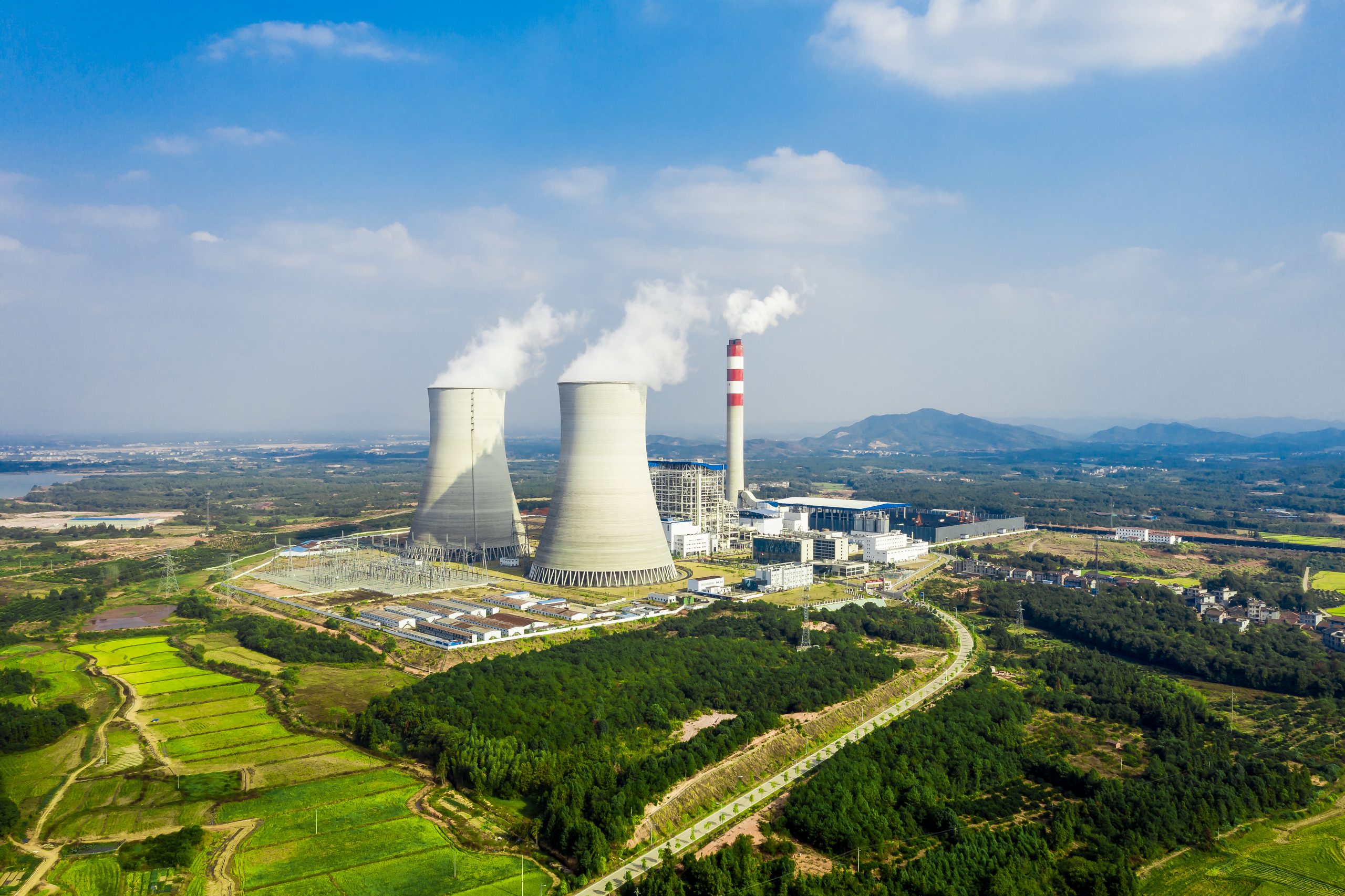Monitoring and preserving the health of our planet has never been more crucial. Thanks to AI-enabled sensors, we now have an unprecedented opportunity to collect and analyze vital data, providing a new approach to protecting and sustaining our environment.
Industries play a crucial role in driving economic growth and technological advancements. However, some processes, such as mining, drilling for oil, and chemical plants, have had a significant impact on the environment. These activities often contribute to pollution, habitat destruction, and resource depletion.
Recognizing the urgency in addressing these concerns, industries are increasingly embracing eco-friendly practices to minimize their ecological footprint. At the forefront of these efforts is the implementation of advanced smart sensors and algorithms that gather environmental data. This data serves multiple purposes, including identifying potential environmental threats like air and water pollution, as well as monitoring environmental changes over time.
In doing so, these technologies provide industries with a comprehensive understanding of their environmental impact, allowing them to proactively mitigate environmental risks while fostering sustainable development.
Early Detection and Resource Management
One of the significant advantages of AI-enabled environmental sensors is their ability to perform real-time data analysis. They can instantly process collected data, apply complex algorithms, and provide valuable insights on environmental conditions.
Traditional monitoring methods often rely on periodic sampling, which can lead to delayed detection of pollution incidents or other environmental emergencies. Using smart sensors, industries can continuously monitor key indicators, allowing for early detection of anomalies or deviations from baseline environmental conditions. This early warning system enables industries to take timely action to prevent potential environmental degradation, protecting both ecosystems and surrounding communities.
Efficient resource management is essential for industries. Smart sensors provide real-time data on energy consumption, water usage, and waste generation, enabling industries to identify inefficiencies and implement measures to optimize resource utilization. By closely monitoring these parameters, industries can make informed decisions regarding energy-efficient practices, water conservation, and waste reduction strategies. This not only helps preserve natural resources but also results in substantial cost savings for industries.
Collaborative Monitoring and Waste Management
Apart from promoting more eco sustainable industrial practices, smart sensors also help in engaging citizens in actively monitoring and preserving their environment. User-friendly interfaces and mobile apps backed by data from ambient sensors have become popular among the environmentally conscious. Thanks to such advances, communities can advocate for change, hold polluters accountable, and participate in sustainable initiatives.
When AI-enabled environmental sensors are integrated into waste collection systems, waste management practices become more efficient and sustainable. Municipalities can use real-time monitoring to optimize routes, reduce fuel consumption, and minimize greenhouse gas emissions.
Through accurate categorizing and segregating waste materials, smart sensors help maximize recycling rates and minimize the amount of waste sent to landfills. They can even detect hazardous or prohibited items in the waste stream, enabling early intervention to prevent contamination and ensure the safety of waste management workers.
AI-enabled sensors also play a crucial role in the monitoring of landfill sites. As with industrial sites, this proactive approach mitigates the negative impacts of landfills on air and water quality, ensuring the health and well-being of nearby communities.
Challenges of Implementation
Data Quality and Reliability
Harnessing sensor data through advanced analytics and ML algorithms provides stakeholders with valuable insights into the effectiveness of their environmental management strategies. However, implementing sensor systems in environmental monitoring does come with its own set of challenges.
Ensuring the quality and reliability of the monitoring system for the quality of data is foremost. Maintaining data integrity and implementing rigorous quality control measures is essential to ensure the collected data is representative of the actual environmental conditions.
Network Scalability and Connectivity
Environmental monitoring often requires the deployment of sensor networks over large areas to capture a comprehensive view. Scaling up a sensor network and ensuring sufficient coverage can be challenging, particularly in remote areas. Balancing the number and placement of sensors to achieve optimal coverage while considering cost constraints can be a complex task.
Acquiring high-quality sensors, establishing infrastructure, and ensuring data connectivity require financial resources.
Providing a reliable and sustainable power supply for the sensors can be a significant challenge if not approached strategically. Additionally, establishing and maintaining robust connectivity for data transmission from sensors to data collection and analysis platforms is crucial. This may involve addressing connectivity gaps, network infrastructure limitations, or utilizing alternative connectivity options.
To compound this, stakeholders may be unwilling to invest in sensor networks for various reasons. Their slowness to adopt will play a large role in the extent to which the technology is implemented into industrial environments.
Conclusion
The introduction of intelligent sensors in environmental monitoring offers early hazard identification and optimized resource management. This advantage is pivotal for industries, as it contributes to preserving our planet and reinforces stakeholders’ commitment to environmental accountability, regulatory compliance, and sustainable decision-making processes.

